When asked which target groups were a priority for the upcoming year, communication professionals across Europe widely agreed that the top three choices were institutional investors, analysts, and private investors/shareholders. Stakeholders from the capital market took the whole podium, ahead of journalists, clients and jobseekers (4th, 5th, and 6th place respectively). One key piece of content for this target group are financial reports, which have been comfortably provided as PDFs for a long time. However, change is coming.
ESEF is coming - what is it?
ESEF is an initiative by the European Securities and Markets Authority (ESMA). ESEF is derived from the Transparency Directive, which sets the rules on harmonisation and transparency requirements for the EU regulated market. Its objective is to make reporting easier for issuers and to increase accessibility, analysis, and comparability for annual reports. ESEF is set to come into effect in 2020, meaning that all financial reports for the fiscal year beginning on or after the 1st of January 2020 should be adhere to this standard (i.e. annual reports released in 2021).
With the fast-approaching ESEF bringing new directives with it, we asked our Web Management survey respondents how they're preparing for ESEF. 46% answered “I don’t know” and an additional 19% answered “We don’t know what and if we’ll change”. So, let’s break down what ESEF actually means.
What does ESEF mean for you?
The authority, ESMA, has developed a framework on how financial reports, specifically primary financial statements, should be presented. That framework is ESEF and it affects, for example, balance sheets, profit and loss statements, cash flow, equity changes, and related footnotes. The new approach means that anything covered by the directive should now be reported in XHTML. More precisely, primary financial statements need to be online and readable by any standard browser. Beyond publishing financial statements online, companies should also tag them with Extensible Business Reporting Language (XBRL), which is an open international standard for digital reporting.
ESEF promotes accessibility and comparability
By implementing a unified standard for both availability and readability, ESEF contributes to making reports more accessible and transparent. The primary financial statements will thus become readable by machine, the harmonised reporting standard will drastically reduce the manual labour needed for analysts (since the data will be collected and analysed through software), and screen readers will have an easier time understanding the report structure.
The state of affairs for annual reporting
Looking at the Webranking by Comprend 2018-2019 results, it’s clear which format dominates annual reports: 99% of the 900+ ranked companies provided their latest annual report in PDF. Meanwhile, only a fifth of those same companies have taken steps towards complying with ESEF by publishing either an online summary (i.e. a couple of pages from the report with links to the PDF) or a full-fledged digital annual report (the full report, including financial statements, presented as a microsite).
ESEF will take the annual reports to HTML
Seeing as ESEF says that primary financial statements should be made available in XHTML, there is no question that, to some extent, annual reports will become digital. The question is what exactly this will mean for them and the dominant format - the PDF. From the results of the survey, we can see that it's not likely that the printed version of the report will disappear in the next two years and it's quite likely it will still be around in the next five years. However, there will be a stronger focus on creating digital annual reports rather than PDFs. In the long term, it seems that there will be a shift from print towards digital.
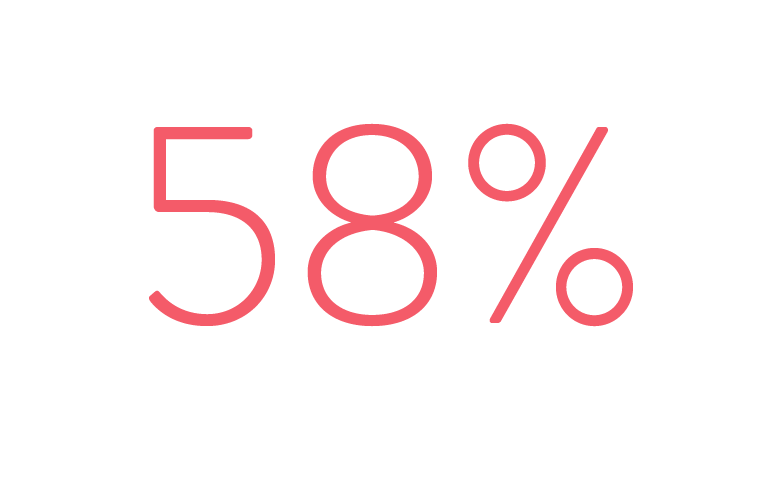
...thinks it is unlikely that they will stop producing a printed annual report in 1-2 years.
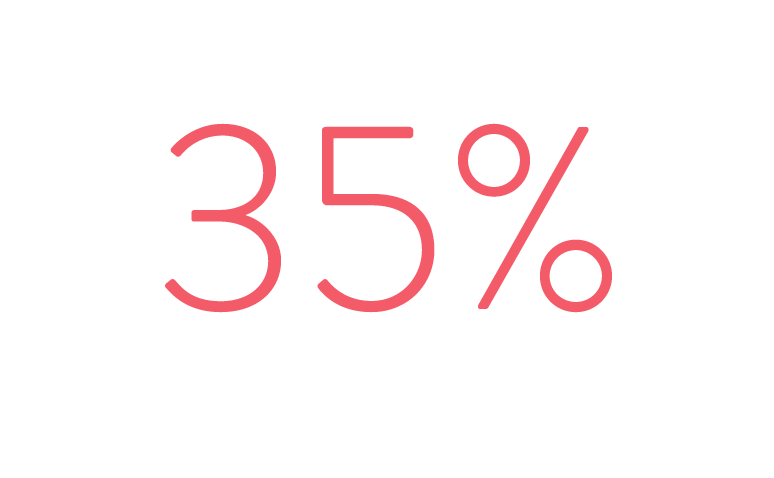
...thinks it is unlikely that they will stop producing a printed annual report in 3-5 years.
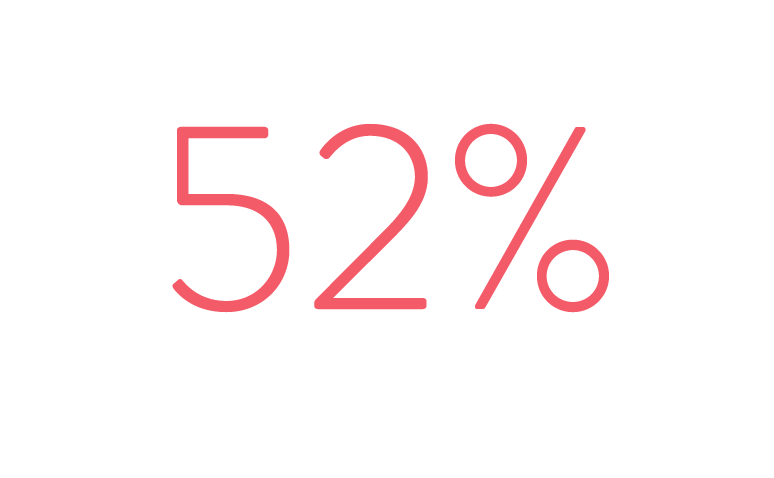
...will have a stronger focus on the digital annual report when making the annual report, instead of the PDF.
Reports: either digital or a PDF with a digital appendix
There are two ways ESEF could affect annual reports. Since it states that it is the primary financial statements that should be tagged, the full report could either be published as a digital annual report, or as a regular PDF with the financial statements as a filing product, made to fulfil law demands. 15% of the respondents said that they will review their entire approach to annual reports, while 17% said they will make a filing product to comply with new regulations. The remaining 65% said that they either don’t know what or even if they will change anything about their approach.
How have you prepared for ESEF?
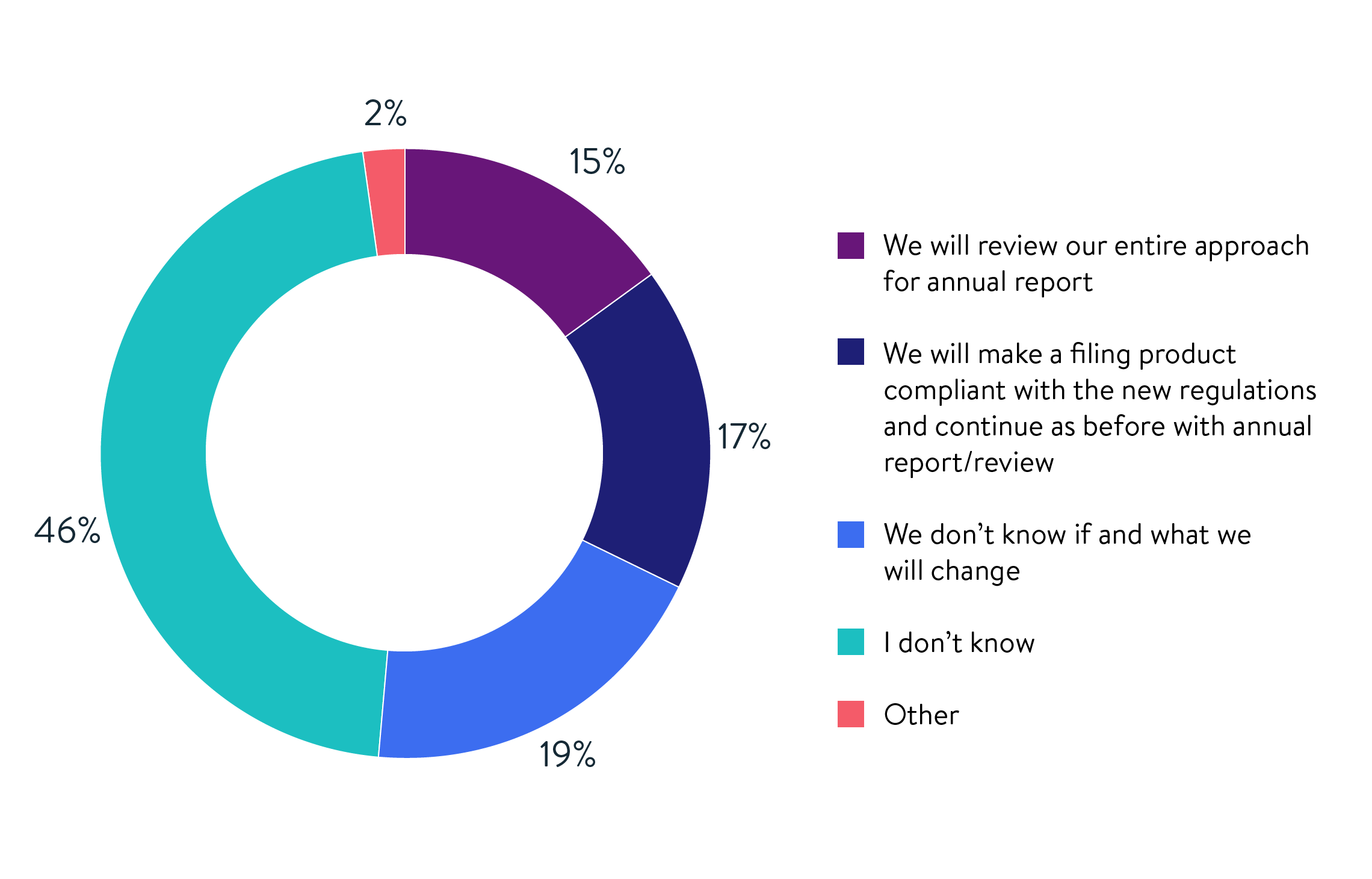
Source: Comprend's Web Management Report 2019
The future of reporting
Whether or not ESEF will bring about a digital annual report revolution is not clear yet, although some companies have already taken the proactive step of reassessing their annual report processes. When asked what was their most important driver for digital annual reports, 39% of respondents answered: “Better integration with communications in general”.
What is the most important driver to make the annual reports in digital format?
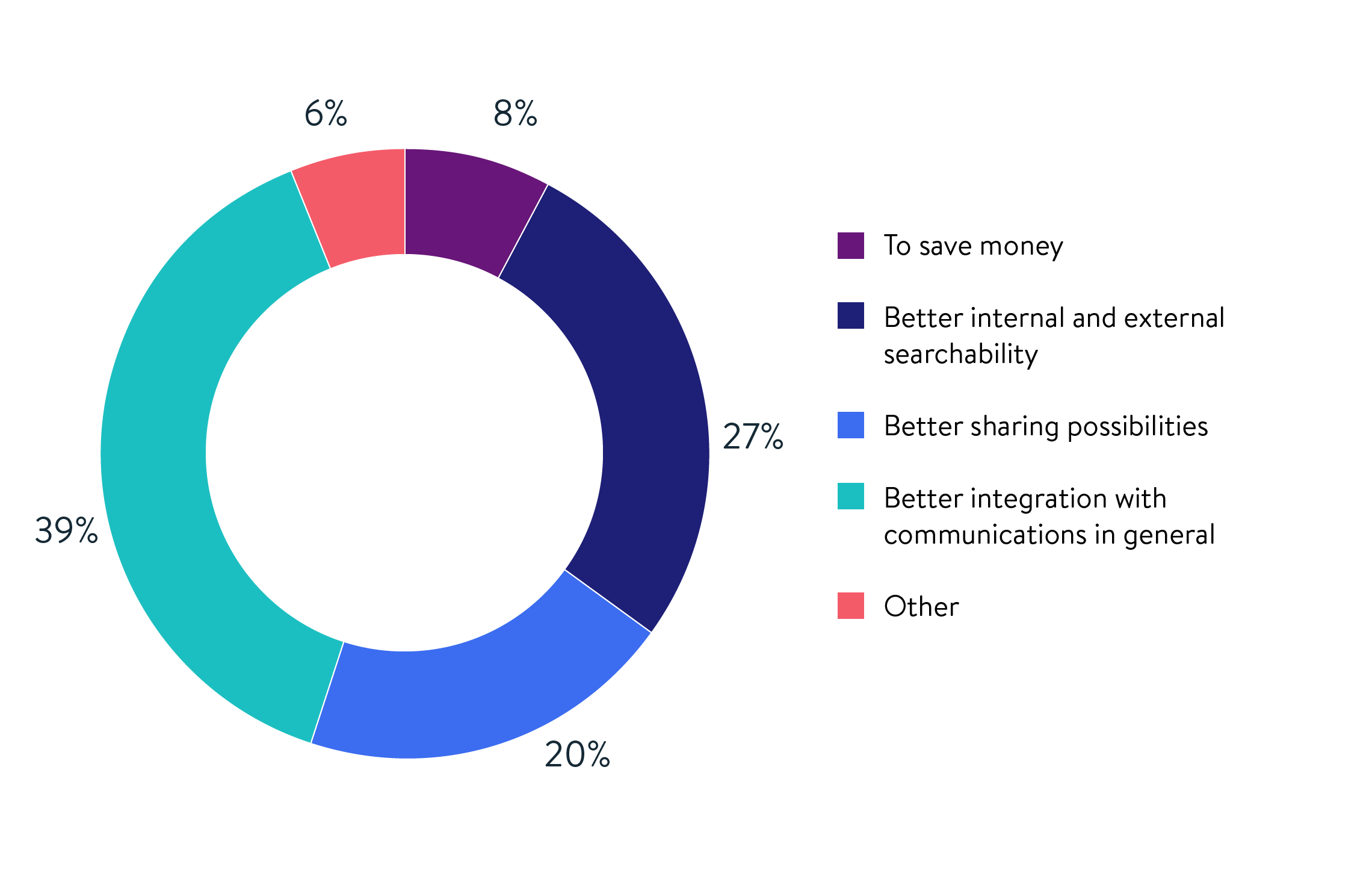
Source: Comprend's Web Management Report 2019
Seeing as the corporate website was ranked as the most important channel respondents used to reach their target groups, the corporate website and its content were ranked as the top two priority areas for 2019, and that stories about the company were the number one content priority for 2019, it’s not surprising that thoughts of a digital annual report aren’t far behind. It’s a solution that covers all of the previously mentioned topics, filled with content signed off by the highest instance in a company, and, as a bonus, it can be tracked through analytics. According to our respondents, the major challenges to taking the leap are the cost and the fact that the professional audience is seen to prefer PDFs.